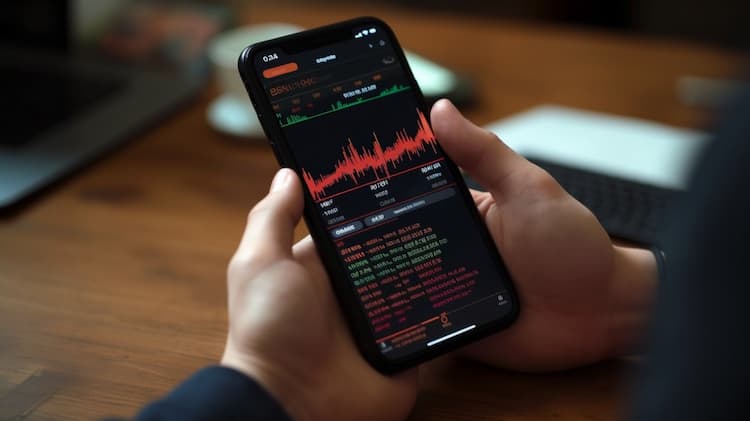
SPY VS DIA: A Comprehensive Comparison of ETFs
Exchange-Traded Funds (ETFs) have revolutionized the investment landscape, offering investors diversified exposure to various segments of the market. In this article, we will conduct a comprehensive comparison between two prominent ETFs: SPY (SPDR S&P 500 ETF Trust) and DIA (SPDR Dow Jones Industrial Average ETF Trust). We'll explore key aspects including tickers, full names, issuers, sectors, top holdings, capitalization, strategy, tracking, and exposure.
SPY VS DIA: Overview
SPY and DIA are both heavyweight ETFs that provide exposure to different indices representing distinct segments of the U.S. equity market. SPY aims to track the performance of the S&P 500 Index, encompassing 500 large-cap U.S. stocks. DIA, on the other hand, seeks to mirror the Dow Jones Industrial Average Index, which consists of 30 large-cap industrial companies. The differences in their underlying indices lead to varying investment outcomes, making a thorough comparison essential.
SPY VS DIA: Sectors and Top Holdings
The SPY ETF encompasses a broad range of sectors, including technology, healthcare, finance, and consumer goods, reflecting the diversity of the S&P 500 Index. In contrast, DIA's focus is on industrial companies, offering exposure to sectors such as aerospace, manufacturing, and transportation. Diving into the sectors and top holdings of each ETF enables investors to gauge their alignment with market trends and sector preferences.
 SPY overlap SPY VS DIA: A Comprehensive Comparison of ETFs
SPY overlap SPY VS DIA: A Comprehensive Comparison of ETFs
SPY VS DIA: Capitalization and Strategy
SPY boasts substantial assets under management (AUM), positioning itself as one of the largest and most liquid ETFs globally. Its strategy of tracking the S&P 500 Index provides investors with a comprehensive view of the overall U.S. equity market. DIA's strategy emphasizes the performance of 30 major industrial companies, giving it a unique profile compared to broader market ETFs. Evaluating their capitalization and strategy assists investors in understanding potential risks and returns.
SPY VS DIA: Tracking and Exposure
SPY's tracking is geared towards mirroring the performance of the S&P 500 Index, which is weighted by market capitalization. This strategy offers exposure to the large-cap segment of the U.S. market. DIA, however, tracks the price-weighted Dow Jones Industrial Average Index, giving higher-priced stocks greater influence. This difference in tracking methodologies impacts their respective exposures and performance dynamics. Understanding these nuances helps investors choose the ETF that aligns with their investment objectives.
Conclusion
SPY and DIA are two significant ETFs that cater to different segments of the U.S. equity market. Investors seeking detailed insights into their holdings, correlations, overlaps, and other factors can benefit from utilizing ETF insider, an intuitive app that provides extensive information on various financial instruments. Whether one's focus is on broad market exposure or specific industrial sectors, these ETFs offer unique avenues for building a diversified investment portfolio.
Disclaimer: This article does not provide any investment advisory services.
SPY ETF issuer
SPY ETF official page
SPY quote and analysis
Discover the top holdings, correlations, and overlaps of ETFs using our visualization tool.
Our app allows you to build and track your portfolio.
To learn more about the SPY SPDR S&P 500 ETF Trust, access our dedicated page now.





